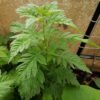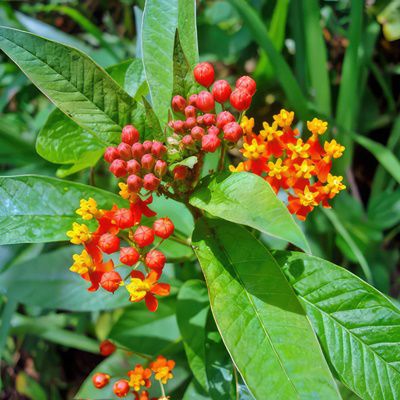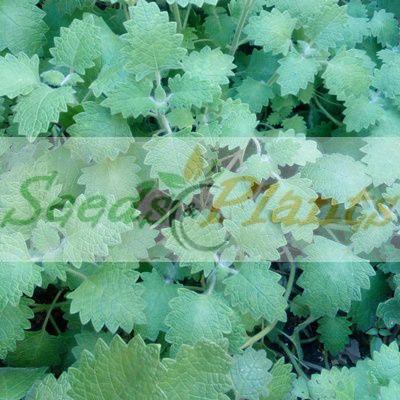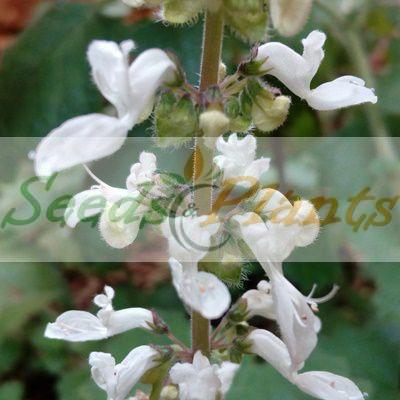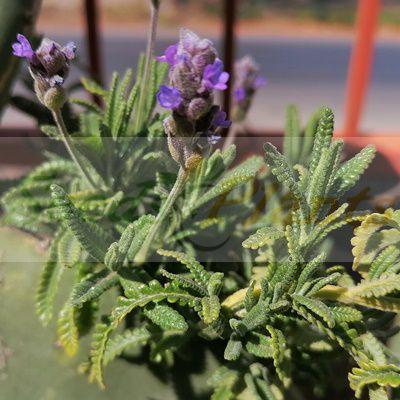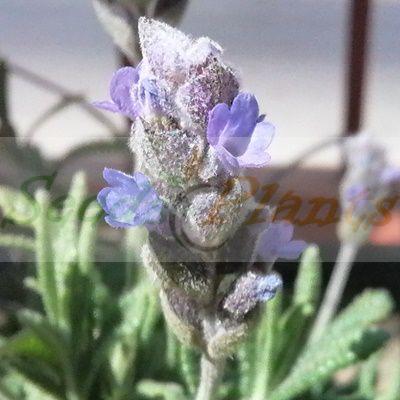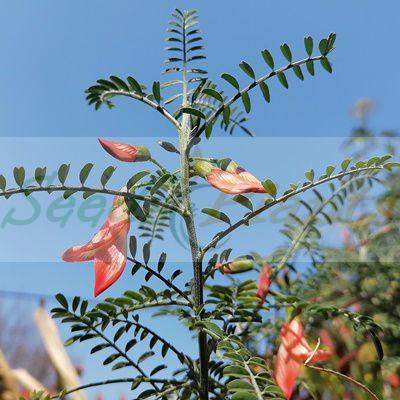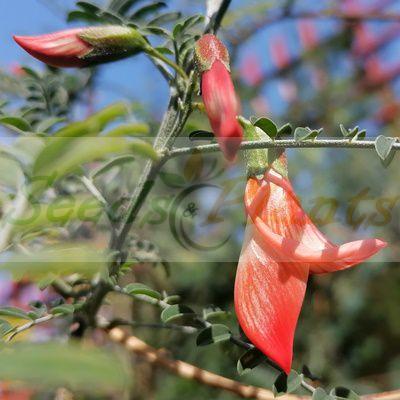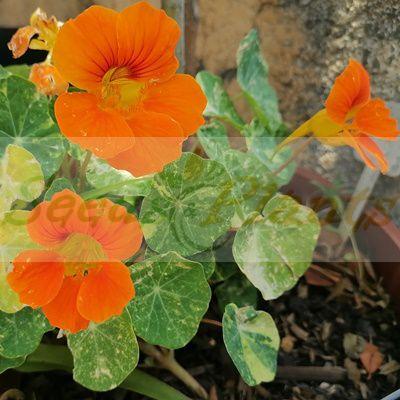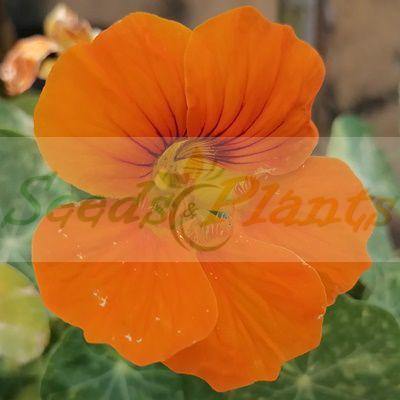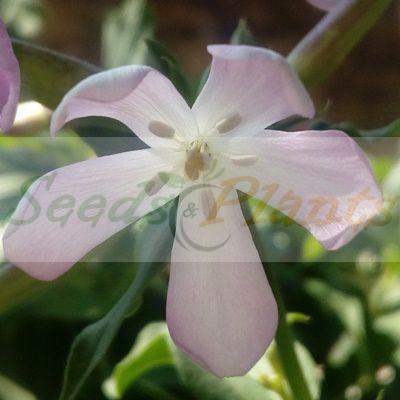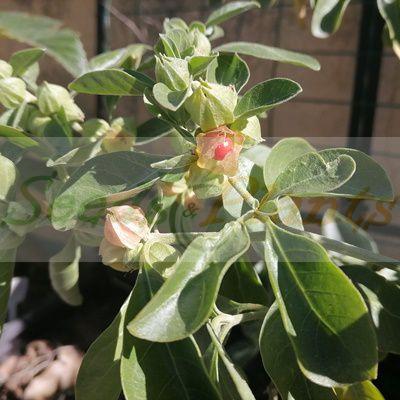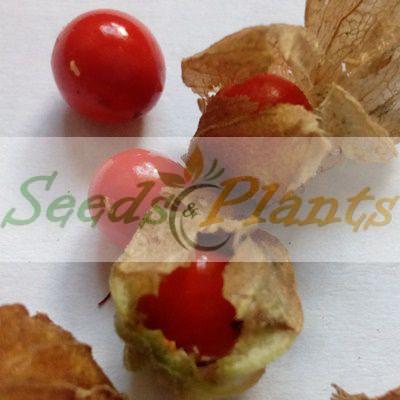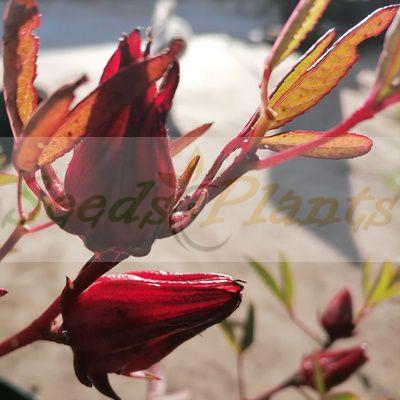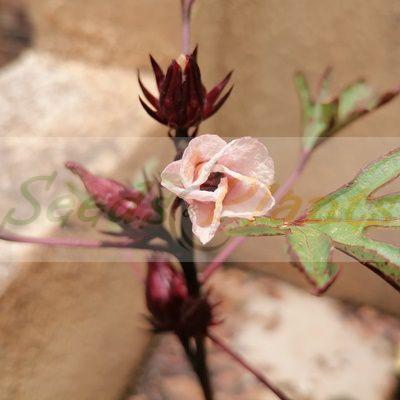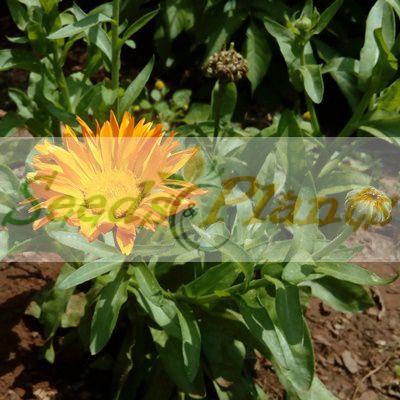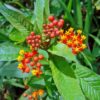-
×
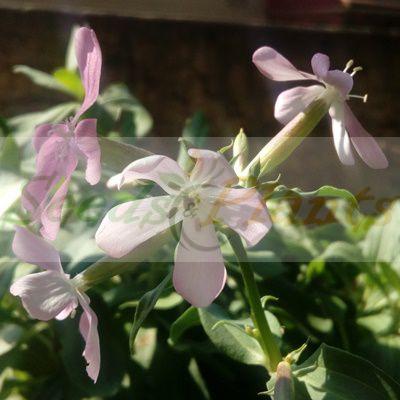 Soapwort - 10 Seeds
1 × R30.00
Soapwort - 10 Seeds
1 × R30.00
Tropical Milkweed – 10 Seeds
(Asclepias curassavica)
R30.00
Tropical Milkweed is a flowering medicinal plant species of the milkweed genus, Asclepias. It is native to South America and thrives in warm climates, where it grows year-round.
Common names: Flor de Sangre, Mexican Milkweed, Bloodflower, Cotton bush, Hierba de la cucaracha, Mexican butterfly weed, Redhead, Scarlet milkweed, Wild ipecacuanha.
Indoor Sowing: Cold Stratification and then sow seeds.
Direct Sowing: Autumn
In stock
Tropical Milkweed (Asclepias curassavica) is a flowering medicinal plant species of the milkweed genus, Asclepias. It is native to South America and thrives in warm climates, where it grows year-round.
The plants are evergreen perennial sub-shrubs that grow can up to 1m in height and have pale gray stems. The leaves are arranged oppositely on the stems. Like other members of the genus, the sap is milky. It has showy orange and red flowers that are attractive to butterflies and hummingbirds, and is a favorite food of monarch butterfly caterpillars. Flowering occurs nearly year-round in warm climates.
Common names: Flor de Sangre, Mexican Milkweed, Bloodflower, Cotton bush, Hierba de la cucaracha, Mexican butterfly weed, Redhead, Scarlet milkweed, Wild ipecacuanha.
Tropical Milkweek Medicinal Uses
- The sap contains steroids called cardenolides, which exhibit cardiotonic properties, meaning it stimulates the heart.
- To treat warts, corns and skin ulcers.
- Used in the treatment of parasitic worms and as a laxative.
- To treat dysentery, ringworm, bleeding and to serve as an eyewash for infected eyes.
- It heals cuts by encouraging the formation of scars.
- Used to treat pneumonia, pyoderma, and inflammation of the spleen.
- Native Americans, in the 1880’s, used this plant as a contraceptive and snakebite remedy.
- In Ayurvedic medicine the plant is used to help stomach tumors, stomach parasites, and gonorrhea.
CAUTION: The leaves and flowers are considered toxic, and consumption by cats, dogs and smaller grazing animals has been reported to be fatal.
Growing Tropical Milkweed
Indoor Sowing: Cold Stratification and then sow seeds.
Direct Sowing: Autumn
- Direct sow in Autumn for germination in Spring.
- Soak the seeds overnight and then sow them shallowly in well-draining soil. Cover with a thin layer of soil.
- Alternatively you can start the seeds indoors by first cold stratifying the seeds for 30 days.
- After Cold stratification, fill peat pots with moist potting soil.
- Place 1-2 cold stratified seeds in each pot and cover with a thin layer of soil.
- Place in a sunny window, in a greenhouse, or under a grow light.
- Keep the soil consistently moist until germination. Germination in about 2 – 4 weeks.
- Since the plant develops a long taproot, seedlings should be transplanted into their permanent position once they reach the 2 leaf stage.
Disclaimer
Medicinal Information:
All medicinal information on this website is for educational and informational purposes only and may not be construed as medical advice. The information is not intended to replace medical advice or treatment offered by healthcare professionals.
Seeds, Plants, Plant Cuttings, Geophytes and Dried Herbs:
In some countries and provinces, certain plants are deemed as invasive and are not allowed to be planted at all, whilst some plants are allowed to be grown only in certain areas or provinces. The onus is on you as the buyer to familiarize yourself with the regulations pertaining to your location, before purchasing any of our seeds, plants, plant cuttings, geophytes or dried herbs. We will not be held liable, should you purchase any seeds, plants, plant cuttings, geophytes or dried herbs. from us which are prohibited in your country or province.

